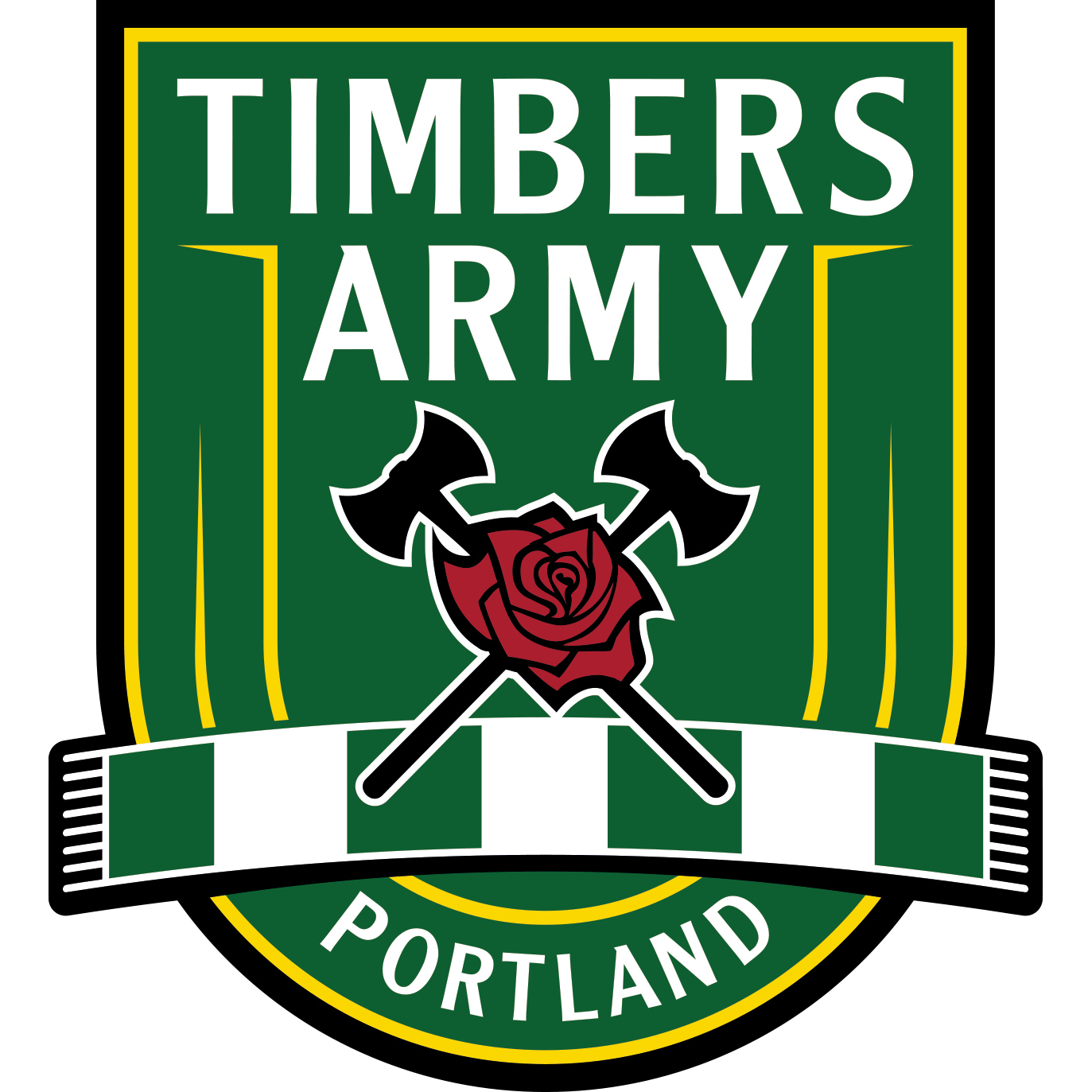—by Chris Rifer
The Portland Timbers are behind the eight ball. That the results have been poor thus far is beyond debate. But more fundamental problem for the Timbers is how easily opposing defenses have blunted the once-incisive Portland offense.
For the first five games of the season, opponents dropped their lines deep to keep the Timbers from breaking through on goal. Lacking final third chemistry or a decisive striker to break down the backline, this strategy kept the Timbers at bay for the first four games of the season. Time and time again the Timbers moved their way through the midfield only to stall on the edge of the box.
The results they did earn in this stretch, draws against Philadelphia and Chicago at home, came by way of balls that fell their way to the feet of Gaston Fernandez sitting at the back post. By and large, however, the Timbers made middling backlines look impenetrable.
Portland finally put an end to this against Seattle. Although perhaps a couple weeks later than promised, the Timbers finally produced a multiple goal effort in which the offense did its part to earn a victory. With the Sounders doubling down on the sit-deep strategy, the Timbers drove around and at Seattle’s backline. When they gave Diego Chara time and space on the edge of the attacking third – time and space that had also been there to varying degrees in the previous fixtures – the Colombian made them pay with a pair of strikes from the top of the box. When Portland found a way to the backside of Seattle’s backline by way of good combination play between Michael Harrington and Darlington Nagbe to dive toward the byline, Diego Valeri planted himself at the near stick and fired into the goal.
Finally it appeared the Timbers had found a way to break down their opponents’ prevent defense. The consequence was seemingly that Portland would force their foes to come play on the Timbers’ turf in midfield.
And that’s exactly what Chivas USA did last weekend. Rather than sit back as their predecessors had done, the Rojiblancos flooded the midfield with Goats to disrupt the Timbers’ passing lanes and keep Portland’s one remaining potency – the attacking midfield – from finding any rhythm.
This represented a gamble for Chivas. By deploying as many as seven or eight players at times into primarily disruptive midfield roles, the Goats would expose themselves if Portland’s strikeforce could break through and, on the attacking end, put their offense in a position where it wouldn’t be able to quickly throw numbers forward. Chivas’s gamble, then, was that Portland’s man up top – Maxi Urruti – wouldn’t hurt them too badly while Portland’s backline would at some point gift the Goats a goal.
That, of course, is precisely what happened. Urruti struggled to help break the midfield stalemate with his alternatively ill-placed or ill-timed runs and Pa Modou Kah masterminded a defensive mishap. Sure, Nagbe and Will Johnson made a play. And, sure, the Timbers had the better quality chances even if they didn’t have the better of the ball. But for the most part Chivas got what they wanted from their midfield war of attrition – a draw in the center of the park and on the results sheet.
But the Timbers saw this tactic a few times in 2013. So why did it flummox them on Saturday?
Because the 2014 Timbers as they stand today are not the 2013 Timbers. Not even close.
Despite the Porterball stereotype breathlessly peddled by a nuance-averse media, the Timbers’ offense in 2013 was most remarkable for its flexibility. Last year, if an opponent sat back and tried to absorb pressure, the Timbers smothered them with possession. If an opponent came out pressing, however, hoping to disrupt Portland’s powerful midfield, the Timbers the Timbers bludgeoned them with a direct attack built on strong wing play and an underrated strikeforce.
The starkest example of the latter in 2013 was a June 23rd undressing of the Colorado Rapids in which the Rapids came out to pressure the Timbers in the midfield, outshot the Portland 18-6, and, in an uncommon feat at the time, split the possession. But Portland didn’t care. To counter, they went as direct as any team in MLS, with Rodney Wallace logging a trio of assists in the easy 3-0 triumph.
That flexibility to transform into a direct threat is a luxury Portland doesn’t have in 2014. The players that permitted the 2013 Timbers to do so are gone, unavailable, or ineffective. Departed are Ryan Johnson and Jose Valencia. Injured is Rodney Wallace, whose surprising play on the wing was instrumental a year ago. Ineffective is Frederic Piquionne, who was firmly rooted in his deserved resting place on the bench on Saturday despite two substitutions left in Caleb Porter’s pocket and a game that begged for the Timbers’ only direct threat. Indeed, Piquonne’s exclusion was an appropriately damning indictment of the veteran’s disinterested performance so far in 2014.
And so, last Saturday the Timbers missed their 2013 offensive flexibility as Chivas flooded the midfield. But whereas Chivas could only hope to gum up the Timbers gears by flooding the midfield with disruptive numbers, Real Salt Lake’s famed diamond acts more like a tornado than a flood.
Rather than win the midfield by attrition, Salt Lake’s “narrow diamond,” as Caleb Porter referred to it on Tuesday, wins the midfield by creating micro-advantages. Along with being narrow, RSL’s midfield is also mobile, making it look at times like a small band of four marauders roving through the midfield. Thus, rather than try to outnumber its opponent in the midfield on a macro scale as Chivas did last week, RSL likes to pick its spots offensively and defensively, creating three- and four-on-twos in the spots they choose to turn opponents over and establish their own passing groups.
Thus, just as Chivas did a week ago, the Claret-and-Cobalt gum up opposing midfields, but they usually do so using four players rather than the Goats’ seven or eight. In addition, RSL boast a backline that is arguably better than the Timbers at every position and a strikeforce that carries one of the best game-for-game goalscorers in MLS.[1]
The current one-trick-pony Timbers midfield, then, plays right into RSL’s hands. And because the Timbers lack the attacking versatility of 2013, it’s hard to see any viable alternative. Add to that Portland’s defensive woes coming up against a ruthlessly efficient RSL frontline, and it’s difficult to envision a favorable result ripe for the Timbers’ picking in the Land of Plenty.
On Tuesday, Porter hinted at a tactical rabbit he has left to pull out of a hat. What remains to be seen, however, is whether such a rabbit exists. To date, however, the Timbers’ offensive flexibility has been far from magical. If the Timbers remain limited to their one trick on Saturday, they are likely heading into a Spencer-style away loss.
Onward, Rose City!
[1] Alvaro Saborio scored a stunning 12 goals in 16 league games in 2013.


